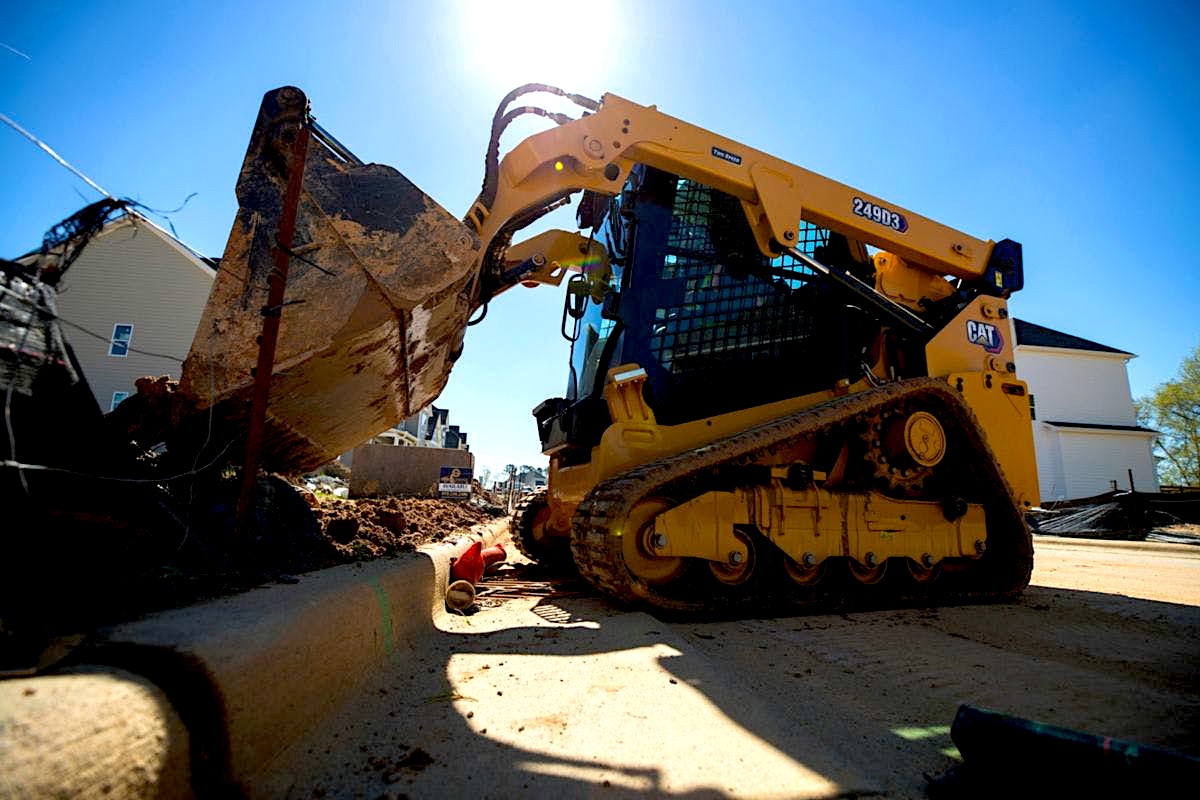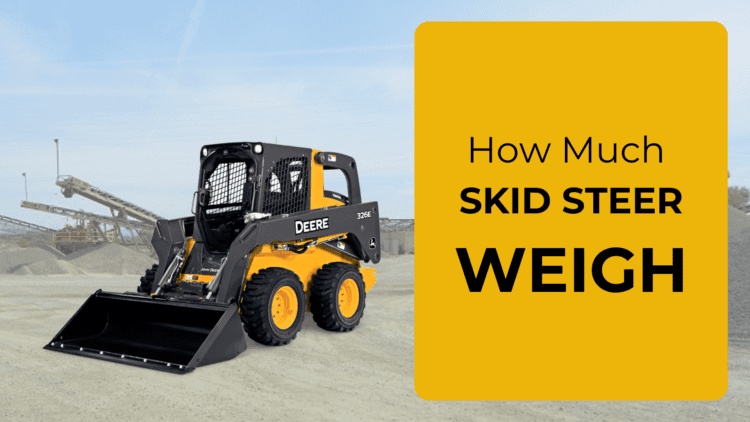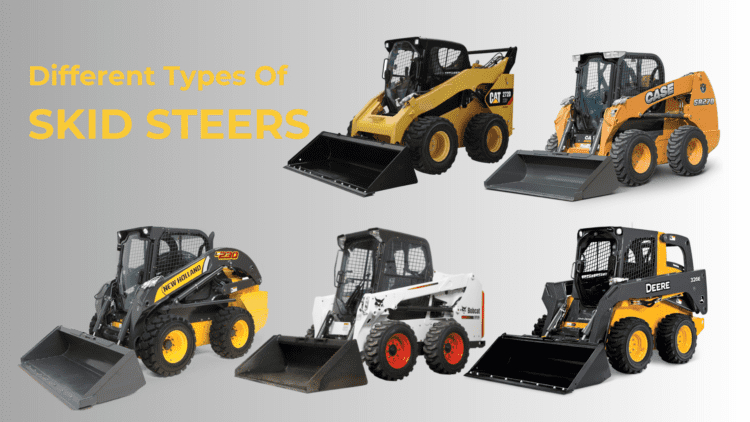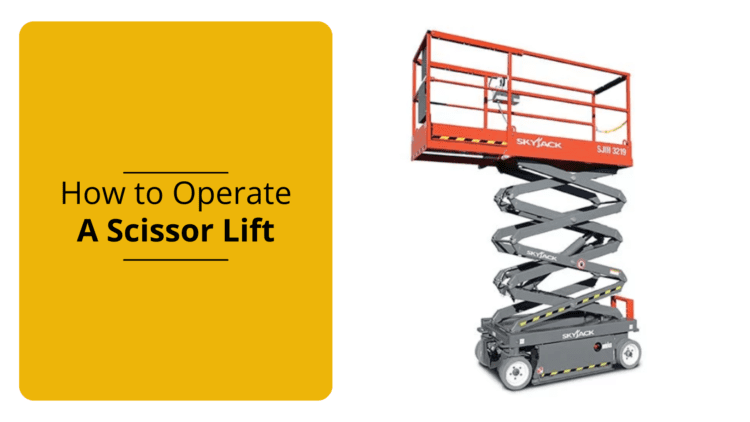Understanding the weight of skid steers is crucial for construction and landscaping professionals. The weight of these versatile machines impacts their transport, handling, and overall performance on the job site. Whether you’re planning to purchase, rent, or transport a skid steer, knowing its weight can help you make informed decisions.
What is the Weight of Skid Steers
Skid steers come in various sizes, and their weights can range significantly depending on their frame size and additional attachments. Understanding these categories can help you choose the right skid steer for your specific needs.
Small-Frame Skid Steers
Small-frame skid steers are designed for light-duty tasks and tight spaces. These compact machines are ideal for residential projects, landscaping, and smaller construction jobs. Typically, small-frame skid steers weigh between 1,800 to 4,000 pounds. Their compact size makes them easy to transport and maneuver in confined areas, providing excellent versatility and efficiency for smaller tasks.
Medium-Frame Skid Steers
Medium-frame skid steers are versatile machines that balance power and size. They are suitable for a wide range of tasks, from landscaping and material handling to construction and agriculture. These skid steers generally weigh between 4,000 to 6,000 pounds. Medium-frame models offer more lifting capacity and stability compared to small-frame skid steers, making them a popular choice for many contractors and construction professionals.
Large-Frame Skid Steers
Large-frame skid steers are designed for heavy-duty applications and demanding job sites. These powerful machines are used for tasks such as excavation, demolition, and heavy material handling. Large-frame skid steers typically weigh between 6,000 to 10,000 pounds or more. Their robust design and high lifting capacities make them ideal for projects that require substantial power and durability.
Factors That Affect the Operating Weight of Skid Steers
Several factors can influence the operating weight of skid steers, affecting their performance and transportability. Understanding these factors can help you choose the right skid steer for your needs and ensure safe operation on the job site.
Engine and Hydraulic Systems
The engine size and hydraulic systems significantly impact the weight of a skid steer. Larger engines and more advanced hydraulic systems increase the machine’s overall weight but also enhance its performance, power, and efficiency. Machines with more horsepower and advanced hydraulics can handle more demanding tasks, making them suitable for heavy-duty applications.
Frame Size and Material
The frame size and the materials used in the construction of a skid steer also affect its weight. Larger frames made of heavier materials contribute to a higher overall weight. Skid steers built with high-strength steel frames are more durable and can handle tougher job site conditions, but they also weigh more compared to those with lighter materials.
Additional Attachments and Accessories
Attachments and accessories add to the operating weight of skid steers. Common attachments such as buckets, augers, grapples, and pallet forks can significantly increase the machine’s weight. It’s essential to consider the weight of these attachments when calculating the total operating weight of the skid steer, as it affects transport, stability, and fuel efficiency.
How Much Skid Steer Attachments Can Weigh
Skid steer attachments vary widely in weight, depending on their type and design. Here are some common attachment weights:
- Standard buckets typically weigh between 200 to 600 pounds, depending on their size and capacity. Heavy-duty or specialty buckets can weigh even more.
- Augers generally weigh between 150 to 300 pounds, with larger or more complex designs weighing more.
- Grapple attachments can weigh between 400 to 1,000 pounds, depending on their size and intended use.
- Pallet forks typically weigh between 200 to 400 pounds, with variations based on their lifting capacity and design.
- Hydraulic breakers are heavier, often weighing between 500 to 1,500 pounds, due to their robust construction and powerful operation.
When selecting attachments, it’s crucial to account for their weight to ensure the skid steer can handle the additional load without compromising performance or safety.
How Much Can Skid Steers Lift
The lifting capacity of a skid steer depends on its frame size and design. Here’s a general overview:
- Typically, small-frame skid steers have a lifting capacity of 700 to 1,400 pounds. These models are suitable for light-duty tasks and small-scale projects.
- Medium-frame skid steers can lift between 1,400 to 2,200 pounds. They offer a good balance of power and versatility for various applications.
- Large-frame models boast lifting capacities of 2,200 to 3,500 pounds or more. They are designed for heavy-duty applications and can handle substantial loads.
It’s important to note that the lifting capacity can be affected by factors such as the weight of attachments, the machine’s center of gravity, and the load’s distribution.
How Much Does It Cost to Rent A Skid Steer
The cost of renting a skid steer varies based on several factors, including the machine’s size, rental duration, location, and any additional attachments. Here are some general cost estimates:
- Renting a small-frame skid steer typically costs between $150 to $300 per day, $450 to $900 per week, and $1,200 to $2,700 per month.
- Medium-frame skid steers can be rented for approximately $200 to $400 per day, $600 to $1,200 per week, and $1,800 to $3,600 per month.
- Renting a large-frame skid steer usually costs between $300 to $600 per day, $900 to $1,800 per week, and $2,700 to $5,400 per month.
These prices can vary based on the rental company’s policies, the machine’s condition, and the availability of specific models. It’s advisable to compare quotes from different rental providers to find the best deal.
Need to Rent Out a Skid Steer
If you need to rent a skid steer for your project, consider reaching out to local rental companies to explore your options. When renting, ensure you specify the type and size of the skid steer you need, along with any attachments required for your tasks. It’s also essential to inquire about rental terms, insurance, and any additional fees to avoid unexpected costs. Renting a skid steer can be a cost-effective solution for completing your project efficiently and within budget.
The Bottom Line
Understanding the weight of skid steers and the factors that influence it is essential for making informed decisions about purchasing, renting, and operating these versatile machines. From small-frame models suited for light-duty tasks to large-frame skid steers designed for heavy-duty applications, knowing the weight and capabilities of each type can help you select the right machine for your needs. Additionally, considering the weight of attachments and understanding the lifting capacities of skid steers will ensure safe and efficient operation on the job site. Whether you’re looking to rent a skid steer or explore different equipment options, having a comprehensive understanding of these factors will enhance your project’s success.




